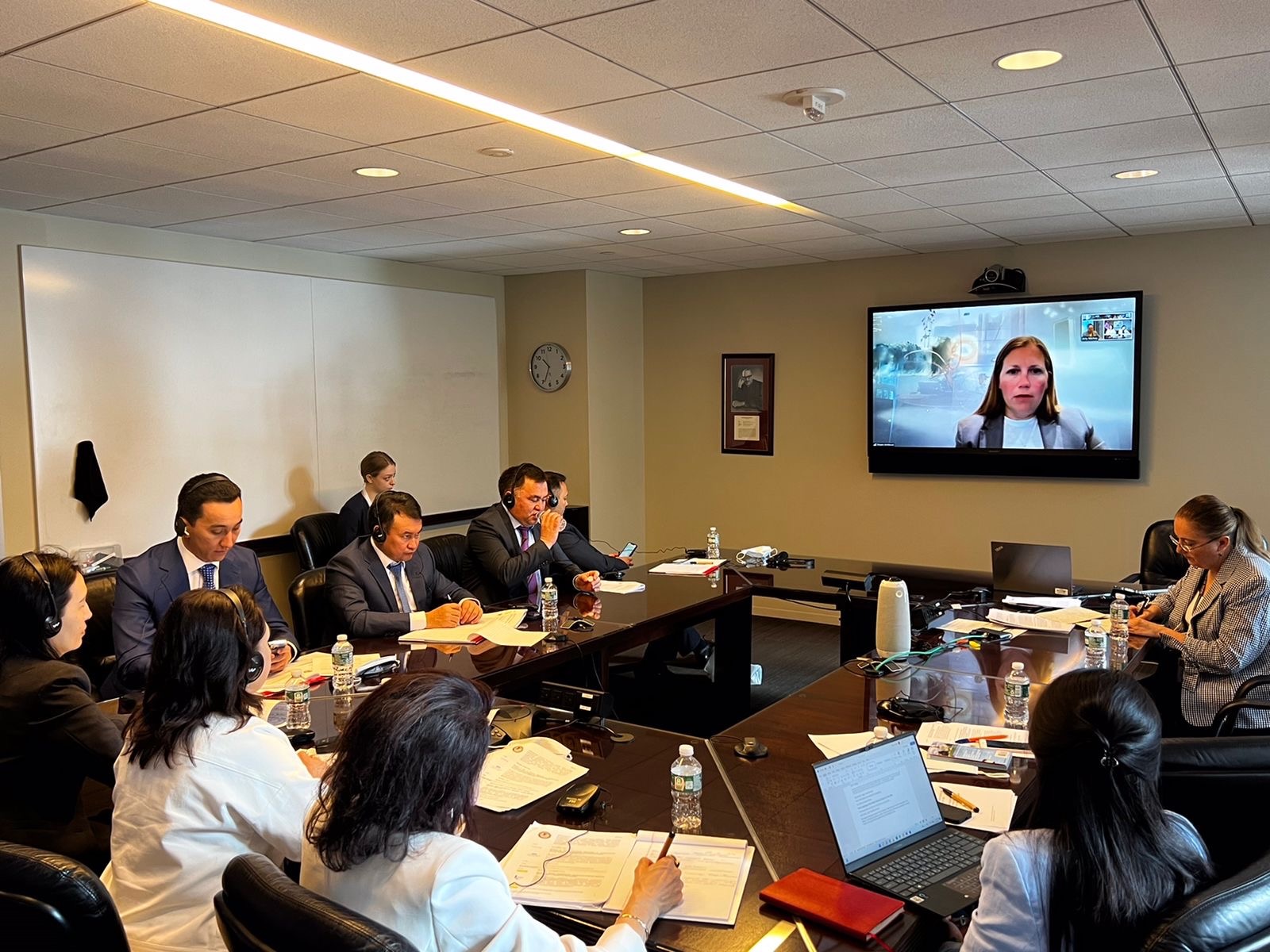The Innocence Project
This morning we met with the Innocence Project virtually on Zoom. Initially the meeting was supposed to be in person, but since one of the judges from Kazakhstan is not vaccinated, the meeting was changed to Zoom. Rather than translating consecutively, the translators used headsets. The translators have a transcript of what the speakers will say ahead of time as a reference, but speakers deviate from their prepared remarks, so it still takes a lot of skill to translate simultaneously—especially when it comes to certain idioms that do not translate easily. Because of technical difficulties, we switched to consecutive translation halfway through—it was very impressive to watch how quickly the translators switch back and forth between languages.
Our speaker was Shawn Armbrust, the Executive Director of the Mid-Atlantic Innocence Project. She spoke about the Innocence Project’s work with people wrongly convicted for crimes such as rape and assault. Ms. Armbrust emphasized that, in her experience, most wrongful convictions result not from conscious malice on the part of those involved—judges, prosecutors, witnesses, jury members—but from genuine mistakes. For example, due to the effect of trauma on memory, a victim may not always remember exactly what the perpetrator looked like. Moreover, criminal procedure itself can sometimes lead to unfair outcomes.
As an example, Ms. Armbrust discussed a 1986 case in which a Virginia woman was nearly raped in her apartment's laundry room. The victim fought back, and her attacker fled. The only evidence available was the victim's memory of what her attacker looked like—a 6" tall, skinny blonde man with blue eyes. Based on sketches, police thought the attacker resembled a man named Michael Mcalister, who had no violent record, but suffered from alcoholism and had exposed himself to people in public multiple times. When police found him, he was wearing a plaid shirt, like the attacker. Police suggested he change his shirt when they took his mugs, but he insisted he had nothing to hide. When the victim was shown photos of suspects, she identified Michael as her attacker.
Michael was charged with attempted rape. While the victim's testimony was the only evidence against Michael, his trial only went on for 4.5 hours before he was convicted. Michael's features matched the description—but so did known serial rapist Bruce Stern, who tended to wear plaid shirts and was known to flee if his victims resisted. Unfortunately, Michael did not learn of Bruce Stern's existence until 2015—and in Virginia (at least at the time), convictions must be challenged within 21 days. Since then, Virginia passed a law—in part because of Michael's case—that allowed the admission of new evidence. Michael did eventually qualify for parole, but he received no help with his alcoholism and he had to register as a sex offender. Moreover Bruce Stern's victims did not receive justice—and future victims suffered because of the justice system's grave error.
Ms. Armbrust also argued that the quality of justice received varies greatly depending on which state you're in. In her opinion, Virginia is particularly harsh on defendants and uninterested in reform when compared with Maryland or D.C. I haven't studied criminal procedure yet, so Ms. Armbrust's talk was especially thought-provoking for me and solidified my desire to take a course on criminal procedure. Listening to Ms. Armbrust's talk also made me want to get involved with the Innocence Project at William & Mary, as well as criminal justice reform in general.
